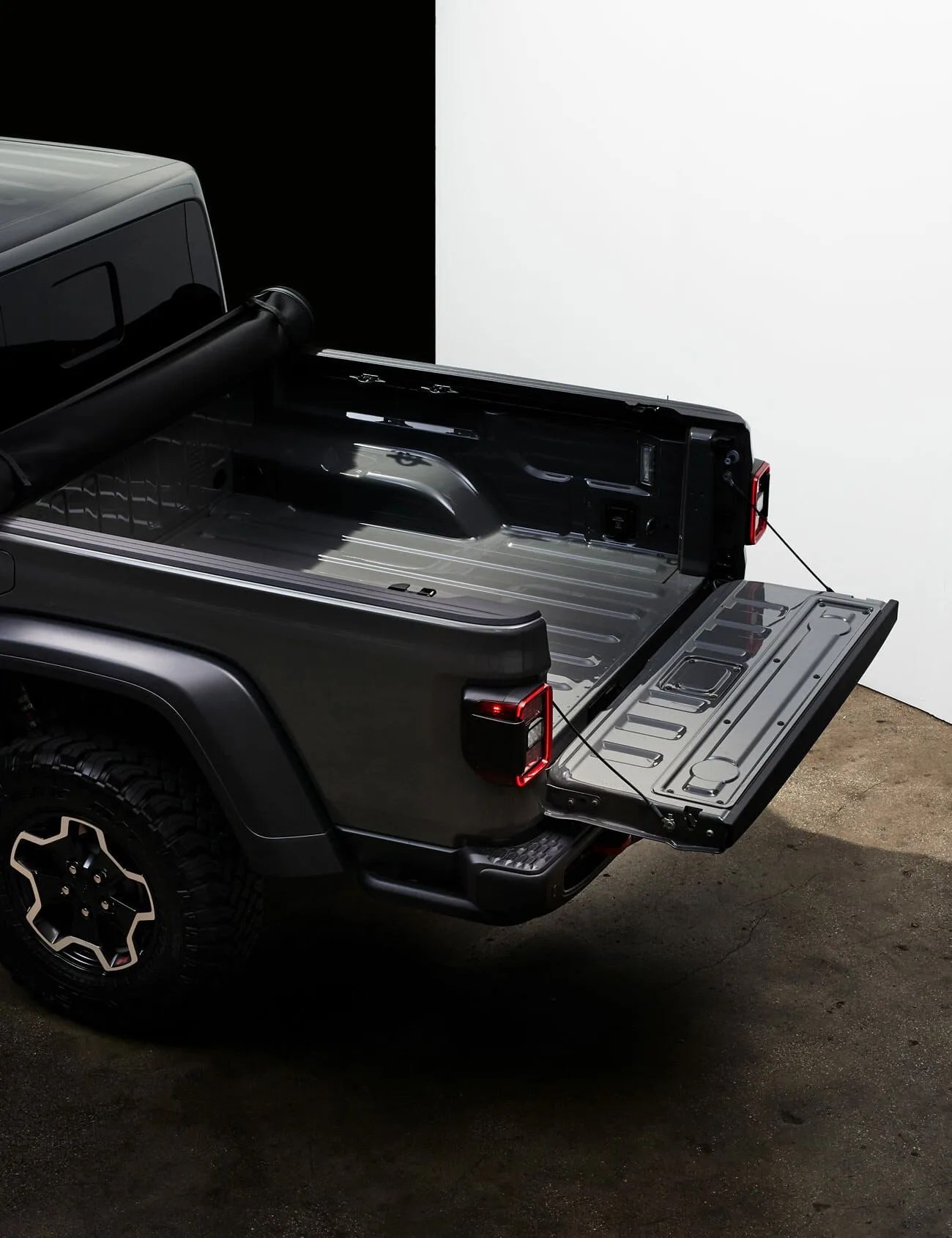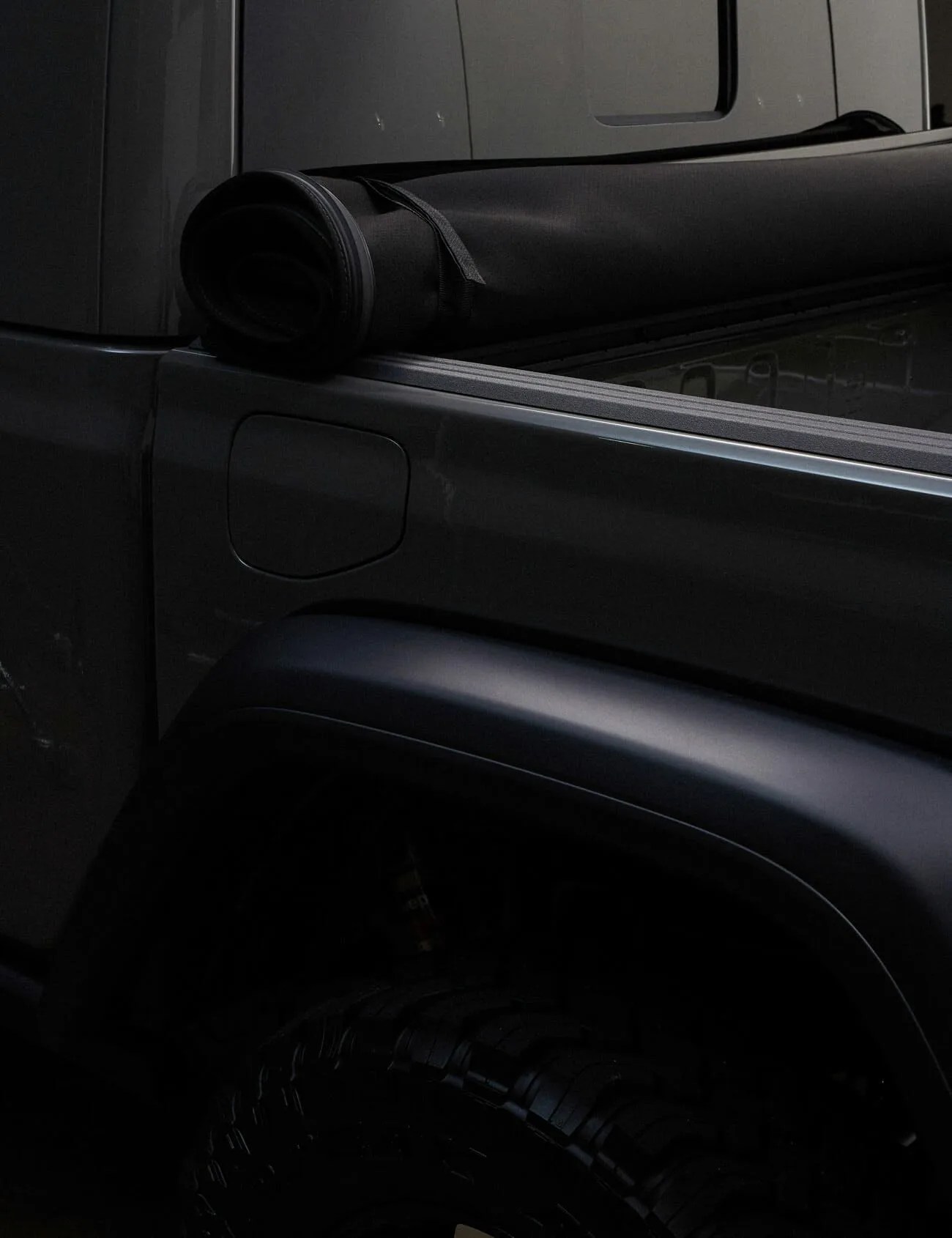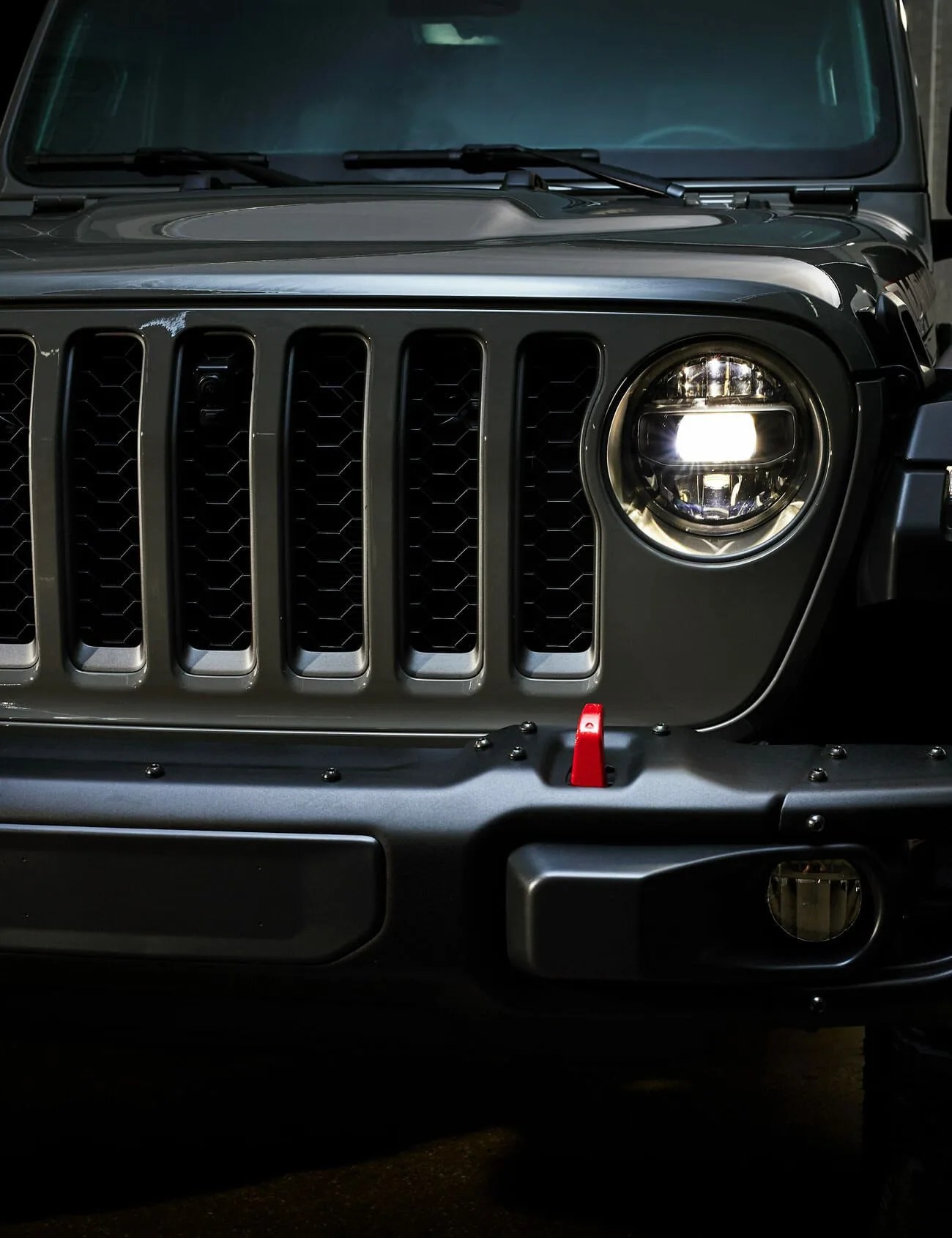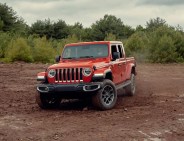This story is part of the GP100, our annual roundup of the best products of the year. To see the full list of winners, grab the latest issue of Gear Patrol Magazine.
Americans love pickup trucks. They buy one every 12 seconds. And Americans love Jeeps. In 2018, the company just had its best sales year ever, moving almost a million vehicles in the U.S. alone. So clearly, the nation hungers for big vehicles with a commanding road presence and four-wheel-drive grip.
Yet in spite of a blatantly obvious opportunity to merge those two trends, Jeep went almost three decades without producing a vehicle with a metal bed hung behind the passenger seat — which explains why the company’s fans howled with delight when they glimpsed of the all-new Gladiator at the Los Angeles Auto Show at the end of last year, all but preemptively thrusting cash in Jeep’s direction. But it was only this spring that the truck finally launched, finally giving them the chance to do so.

Rather than attempt to build a new truck from the ground up, Jeep’s product planners and engineers chose to keep it simple, taking the four-door Wrangler — specifically, the all-new, more-refined JL generation — stretching out the wheelbase and affixing a metal box to the end of it.
The Wrangler-based design means all the parts and features that have elevated that model into an icon over the last few decades come along for the ride. Removable top? Present, in both soft and three-piece hard-top forms. Removable doors? Also in attendance, and every bit as easy to doff as they are on the Wrangler. A waterproof interior, designed to be easy to clean and boasting one of the most intuitive, convenient layouts in the industry? Standard on every one.
Jeep even offers the choice between manual and automatic gearboxes, making the Gladiator one of the last trucks sold in America to give drivers the option of rowing their own gears.



